Home>Gardening & Outdoor>Outdoor Structures>How Long Will A Metal Shed Last
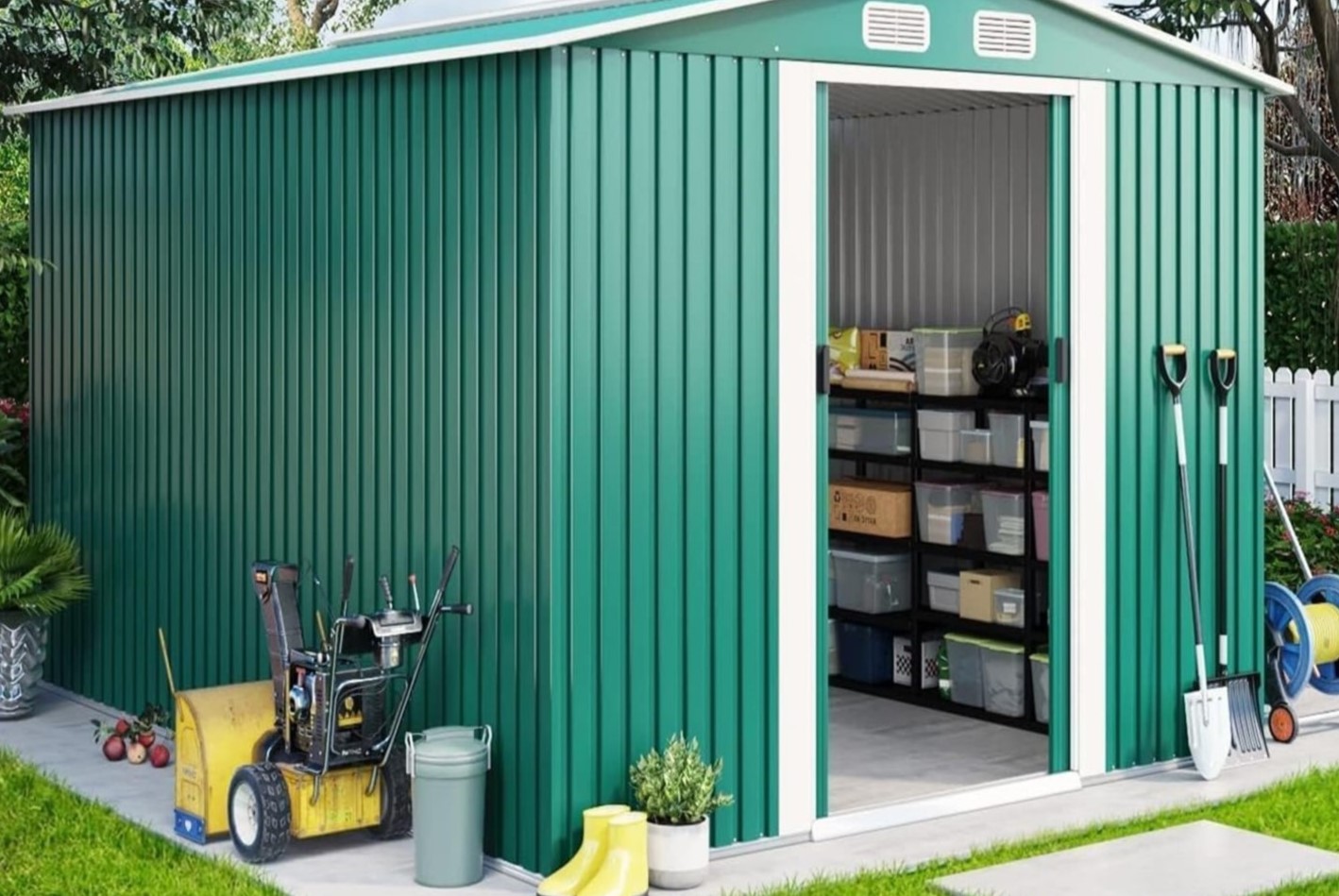

Outdoor Structures
How Long Will A Metal Shed Last
Published: January 19, 2024
Discover the longevity of metal sheds and their durability in outdoor structures. Learn how long metal sheds can last and make an informed decision for your outdoor storage needs.
(Many of the links in this article redirect to a specific reviewed product. Your purchase of these products through affiliate links helps to generate commission for Storables.com, at no extra cost. Learn more)
**
Introduction
**
Metal sheds are a popular choice for homeowners and businesses seeking durable and low-maintenance outdoor storage solutions. When investing in a metal shed, one of the key considerations is its lifespan. Understanding how long a metal shed will last is crucial for making an informed decision and ensuring that the investment yields long-term value.
In this article, we will delve into the factors that influence the lifespan of metal sheds, explore maintenance and care tips for extending their longevity, and identify common signs of wear and tear that may indicate the need for repairs or replacement. Whether you already own a metal shed or are contemplating purchasing one, this comprehensive guide will equip you with the knowledge needed to maximize its lifespan and performance.
Let's embark on a journey to unravel the mysteries of metal shed longevity, empowering you to make informed choices and safeguard your outdoor storage investment for years to come.
**
Key Takeaways:
- Metal sheds can last for years with proper care and maintenance, including rust prevention, ventilation, and regular inspections to address wear and tear promptly.
- Factors like material quality, climate, and installation affect the lifespan of metal sheds, so choosing high-quality materials and proactive care are crucial for longevity.
Read more: How Long Does A Shed Last
Factors Affecting the Lifespan of Metal Sheds
**
Metal sheds are renowned for their durability, but several factors can influence their lifespan. Understanding these variables is essential for assessing the longevity of a metal shed and making informed decisions when purchasing or maintaining one.
1. Quality of Materials:
The quality of the metal used in the construction of a shed significantly impacts its lifespan. High-grade galvanized steel, aluminum, or other corrosion-resistant metals are preferable, as they are less susceptible to rust and deterioration caused by exposure to the elements. Additionally, the thickness of the metal, measured in gauge, affects the shed's structural integrity and resilience.
2. Climate and Environmental Conditions:
The geographical location and prevailing climate play a pivotal role in determining how long a metal shed will last. Areas with high humidity, frequent rainfall, or salt-laden air near coastal regions can accelerate corrosion and rust, potentially shortening the shed's lifespan. Exposure to intense sunlight, extreme temperature fluctuations, and heavy snow loads can also impact the structural integrity of the shed over time.
3. Assembly and Installation:
The proper assembly and installation of a metal shed are crucial factors in ensuring its longevity. Following the manufacturer's guidelines and recommendations for installation, including anchoring the shed securely to a stable foundation, can prevent structural issues and damage due to shifting or instability.
4. Maintenance and Care:
Regular maintenance and proactive care significantly contribute to extending the lifespan of a metal shed. This includes inspecting the shed for signs of damage, promptly addressing any rust or corrosion, and ensuring that the roof, doors, and windows are properly sealed to prevent water infiltration.
5. Usage and Load Bearing:
The intended use of the shed and the weight it is designed to bear are important considerations. Overloading the shed or subjecting it to excessive weight beyond its capacity can accelerate wear and compromise its structural integrity.
6. Quality of Construction and Design:
The overall design, construction, and engineering of the metal shed, including the framing, connections, and reinforcements, impact its ability to withstand environmental stressors and maintain structural stability over time.
By considering these factors, individuals can make informed choices when selecting a metal shed and implement proactive measures to enhance its lifespan. In the next section, we will explore maintenance and care tips to further extend the longevity of metal sheds.
**
Maintenance and Care Tips for Extending the Lifespan
**
Proactive maintenance and diligent care are instrumental in preserving the longevity of metal sheds. By implementing the following tips, shed owners can mitigate potential issues and ensure that their investment endures the test of time.
1. Regular Inspections:
Frequent visual inspections of the shed’s exterior, interior, and roofing components are essential for identifying early signs of corrosion, dents, or structural damage. Addressing these issues promptly can prevent them from escalating and compromising the shed’s integrity.
2. Rust Prevention and Treatment:
Applying a high-quality rust-resistant coating or paint to the metal surfaces can provide an additional layer of protection against corrosion. It is imperative to address any signs of rust promptly by removing the affected areas and applying rust-inhibiting solutions to prevent further deterioration.
3. Proper Ventilation:
Ensuring adequate ventilation within the shed minimizes moisture buildup, which can contribute to rust and deterioration. Installing vents or windows that can be opened to promote air circulation is beneficial for preserving the shed’s structural integrity.
4. Clearing Debris and Vegetation:
Regularly removing debris, leaves, and vegetation from the vicinity of the shed prevents moisture retention and minimizes the risk of corrosion. Overhanging branches should be trimmed to prevent damage from falling limbs and to allow sunlight to reach the shed.
5. Sealing and Weatherproofing:
Inspecting and maintaining the seals around doors, windows, and roof panels is crucial for preventing water infiltration. Weather-stripping and sealants should be replaced as needed to maintain a watertight seal and protect the shed’s contents from moisture.
6. Snow and Ice Removal:
In regions prone to heavy snowfall or ice accumulation, it is important to remove excess snow and ice from the roof of the shed to prevent structural strain and potential damage. Using a roof rake or snow removal tools designed for sheds can help prevent overloading and subsequent issues.
7. Foundation Maintenance:
Regularly inspecting the shed’s foundation and ensuring that it remains level and stable is crucial for preventing structural stress and misalignment. Addressing foundation issues promptly can safeguard the shed against potential damage.
8. Pest Control:
Implementing pest control measures to deter rodents, insects, and other pests from nesting in or around the shed can prevent damage to the structure and its contents. Sealing entry points and utilizing pest deterrents can help preserve the shed’s integrity.
By incorporating these maintenance and care practices into their routine, shed owners can proactively safeguard their investment and maximize the lifespan of their metal sheds. In the subsequent section, we will explore common signs of wear and tear that shed owners should be vigilant about.
**
To ensure a metal shed lasts as long as possible, regularly inspect for rust and corrosion, keep it clean, and apply a protective coating every few years.
Common Signs of Wear and Tear
**
Recognizing the common signs of wear and tear is crucial for identifying potential issues with metal sheds and addressing them before they escalate. Shed owners should remain vigilant and proactive in monitoring their sheds for the following indicators of deterioration:
1. Rust and Corrosion:
The presence of rust on the exterior or interior surfaces of the shed, particularly around seams, joints, and areas exposed to moisture, is a clear indication of corrosion. Addressing rust promptly is essential for preventing structural compromise and preserving the shed’s integrity.
2. Dents and Physical Damage:
Visible dents, scratches, or punctures on the metal panels or framework can compromise the shed’s structural strength and weather resistance. Monitoring for physical damage and promptly addressing it can prevent further deterioration.
3. Water Infiltration:
Leaks, water stains, or moisture accumulation inside the shed indicate potential issues with the roof, seals, or ventilation. Addressing water infiltration promptly is crucial for preventing damage to the shed’s contents and structural components.
4. Fading or Peeling Paint:
Deterioration of the shed’s paint or protective coating, evidenced by fading, peeling, or discoloration, can compromise its resistance to corrosion and environmental exposure. Repainting or recoating the shed can mitigate further damage.
5. Structural Misalignment:
Visible shifts or misalignment in the shed’s framework, doors, or windows may indicate foundation issues or structural stress. Addressing misalignment promptly can prevent further damage and ensure the shed’s stability.
6. Mold and Mildew Growth:
The presence of mold, mildew, or musty odors inside the shed signals excessive moisture and poor ventilation, which can lead to structural damage and compromise the shed’s contents.
7. Loose or Damaged Fasteners:
Inspecting and tightening loose fasteners, such as screws, bolts, and rivets, is essential for maintaining the shed’s structural integrity and preventing components from becoming dislodged or compromised.
8. Pest Infestation:
Evidence of pest activity, such as chewed insulation, nesting materials, or droppings, indicates the presence of rodents or insects that can cause structural damage and compromise the shed’s contents.
By remaining attentive to these common signs of wear and tear, shed owners can promptly address emerging issues and safeguard the structural integrity and functionality of their metal sheds. In the concluding section, we will summarize the key insights and emphasize the importance of proactive maintenance for maximizing the lifespan of metal sheds.
**
Conclusion
**
Understanding the factors influencing the lifespan of metal sheds, implementing proactive maintenance and care measures, and recognizing common signs of wear and tear are essential for maximizing the longevity of these outdoor structures. By considering these key insights, shed owners can make informed decisions, protect their investment, and ensure that their metal sheds endure for years to come.
When evaluating the lifespan of a metal shed, it is crucial to prioritize the quality of materials, climate considerations, proper installation, proactive maintenance, and adherence to weight-bearing guidelines. High-quality metal sheds constructed from corrosion-resistant materials and designed to withstand environmental stressors are more likely to exhibit longevity and durability.
Proactive maintenance and care play a pivotal role in preserving the structural integrity and functionality of metal sheds. Regular inspections, rust prevention, ventilation, debris clearance, weatherproofing, and foundation maintenance are crucial practices for mitigating potential issues and extending the shed’s lifespan. Additionally, addressing common signs of wear and tear, such as rust, physical damage, water infiltration, and structural misalignment, can prevent further deterioration and preserve the shed’s performance.
By remaining vigilant and proactive in monitoring their metal sheds for signs of wear and tear, shed owners can address emerging issues promptly, thereby safeguarding their investment and ensuring the long-term functionality of their outdoor storage solution.
In conclusion, the lifespan of a metal shed is influenced by a combination of factors, maintenance practices, and proactive care. By understanding these dynamics and taking proactive measures, shed owners can optimize the longevity and performance of their metal sheds, ultimately maximizing the value and utility of these essential outdoor structures.
Armed with the knowledge and insights presented in this guide, shed owners are empowered to make informed decisions, implement effective maintenance strategies, and preserve the integrity of their metal sheds for years to come.
Frequently Asked Questions about How Long Will A Metal Shed Last
Was this page helpful?
At Storables.com, we guarantee accurate and reliable information. Our content, validated by Expert Board Contributors, is crafted following stringent Editorial Policies. We're committed to providing you with well-researched, expert-backed insights for all your informational needs.
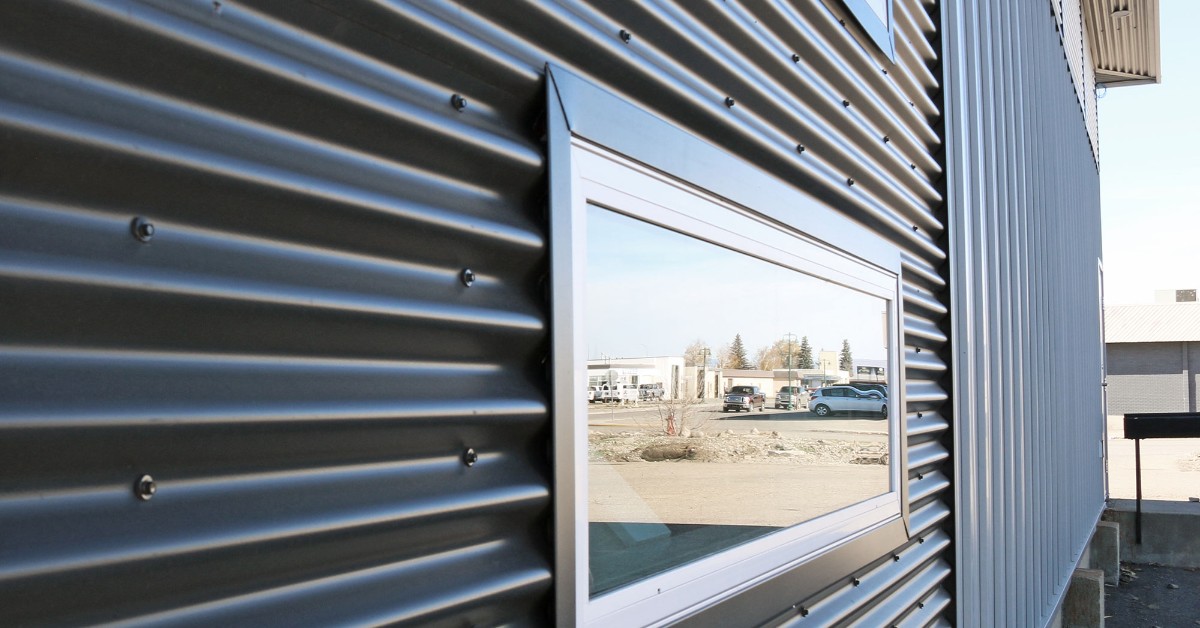
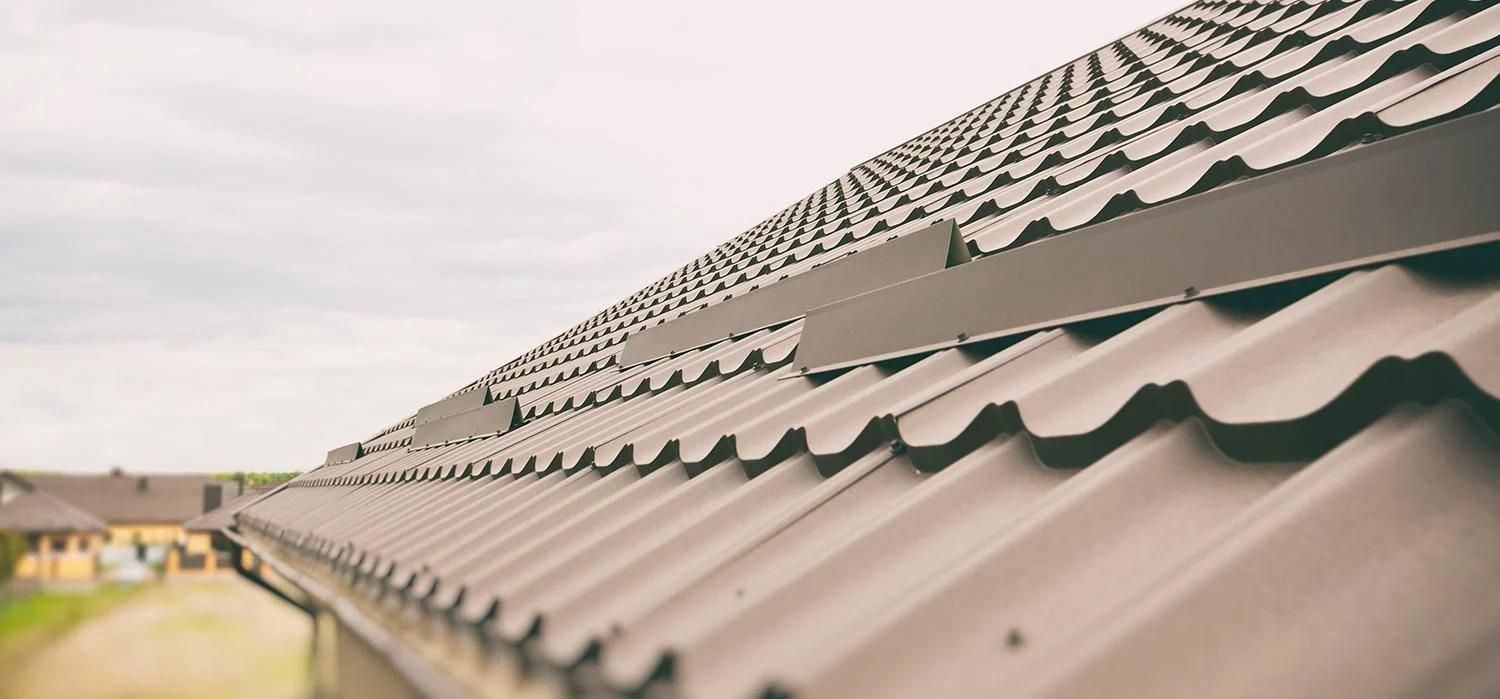
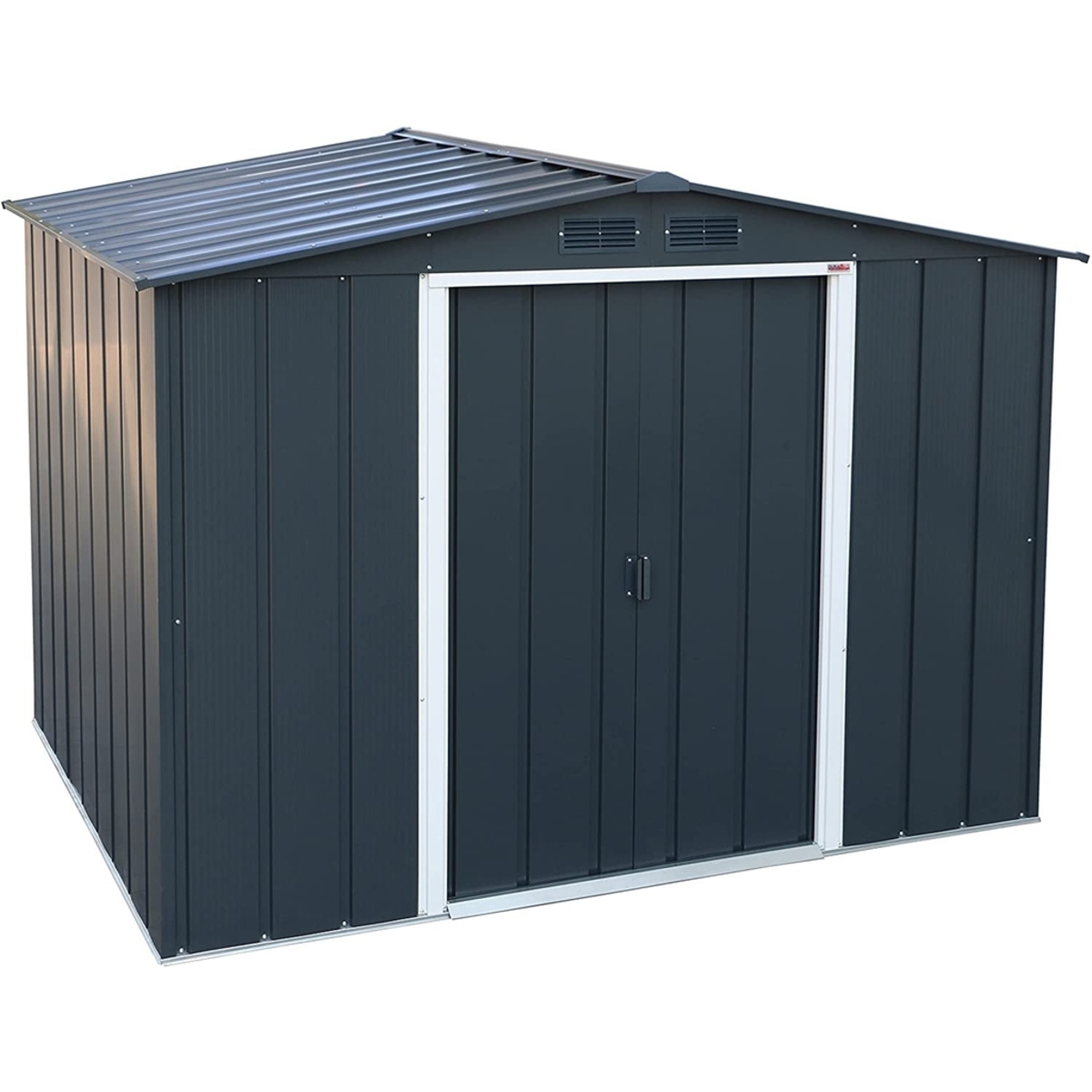
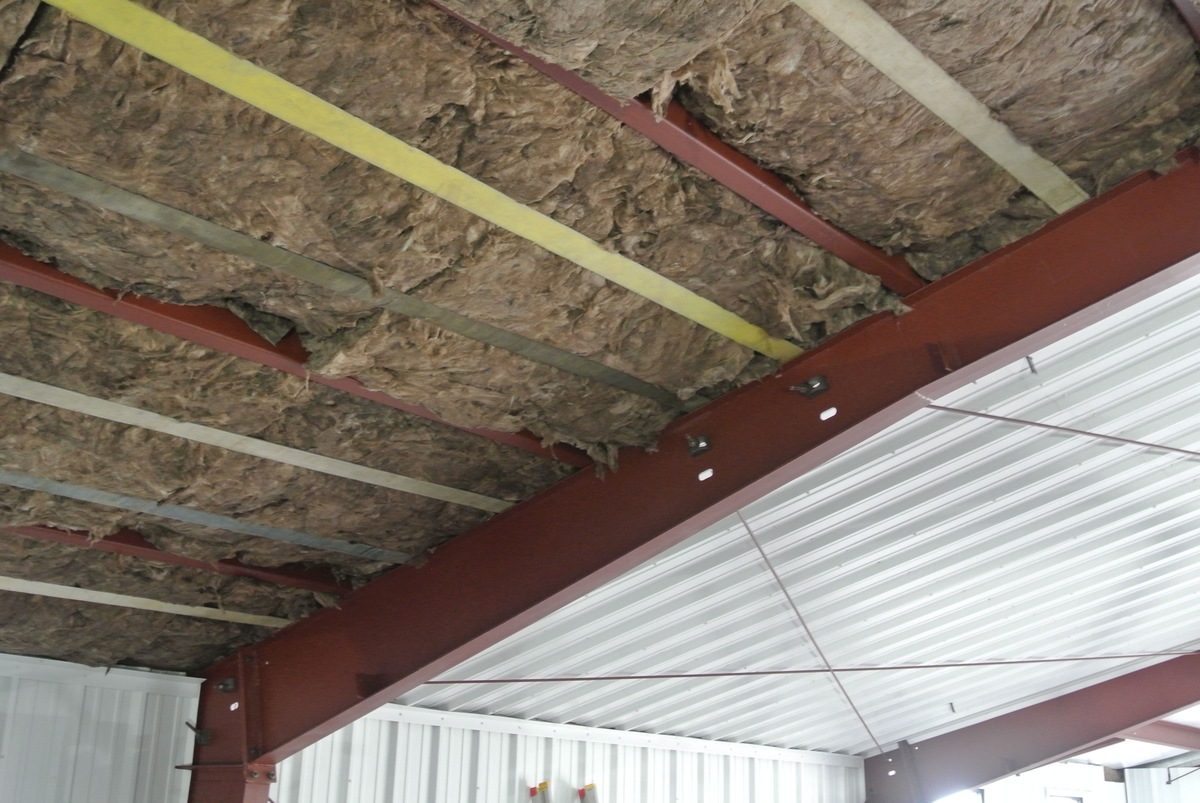
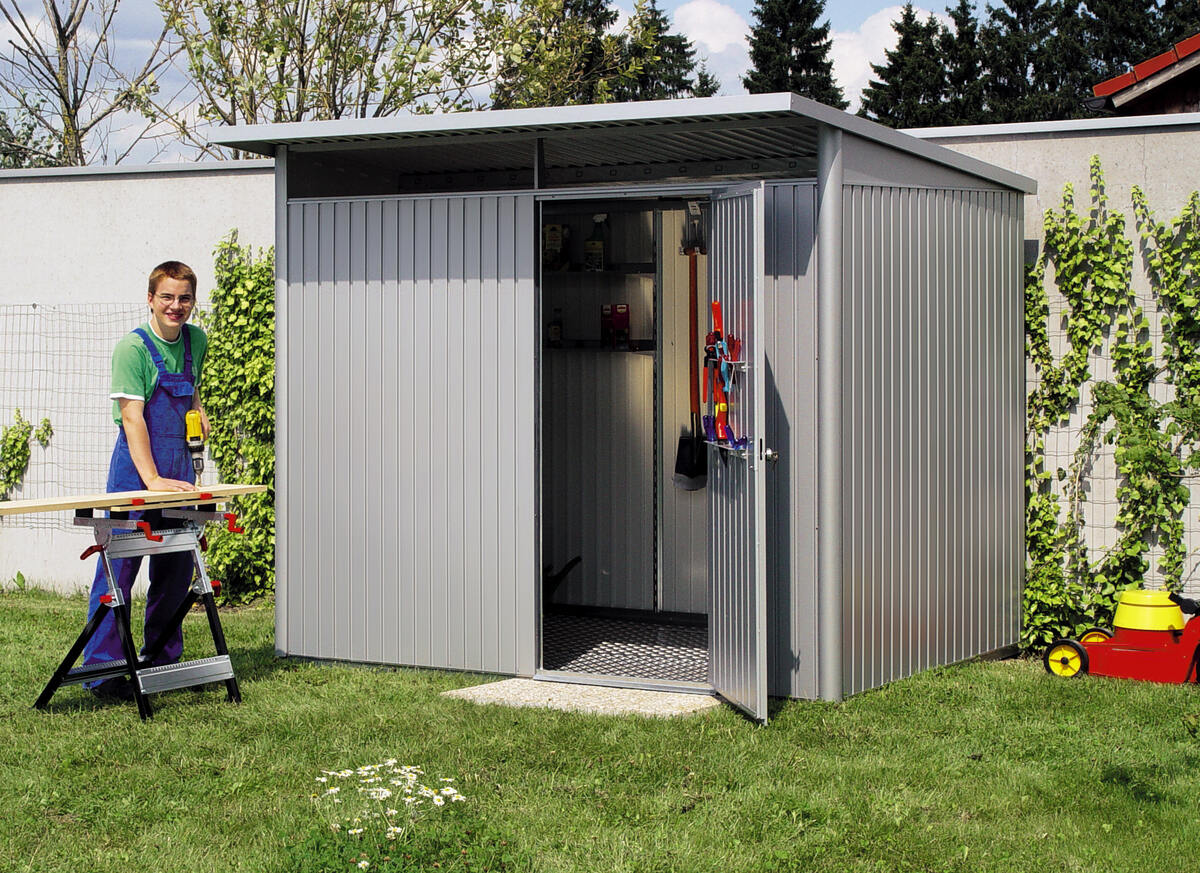
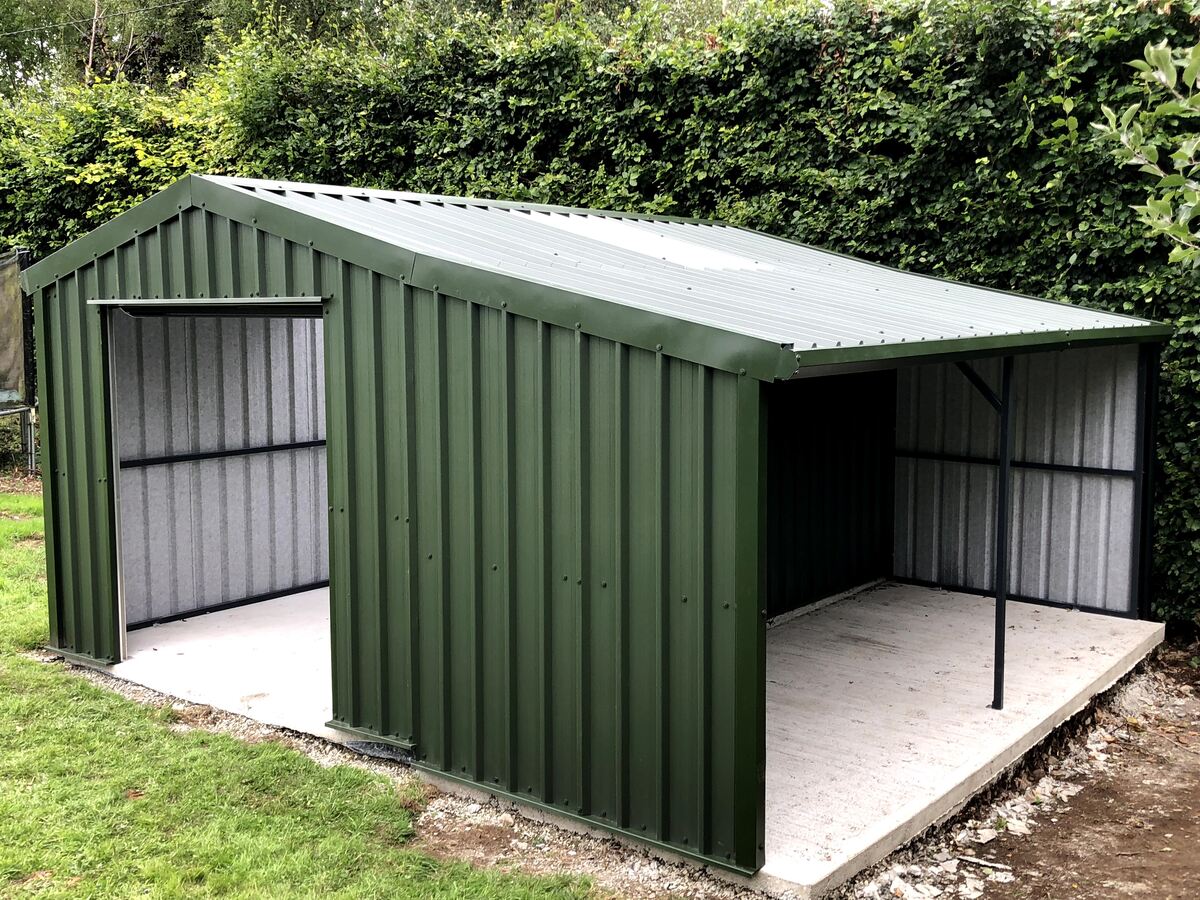
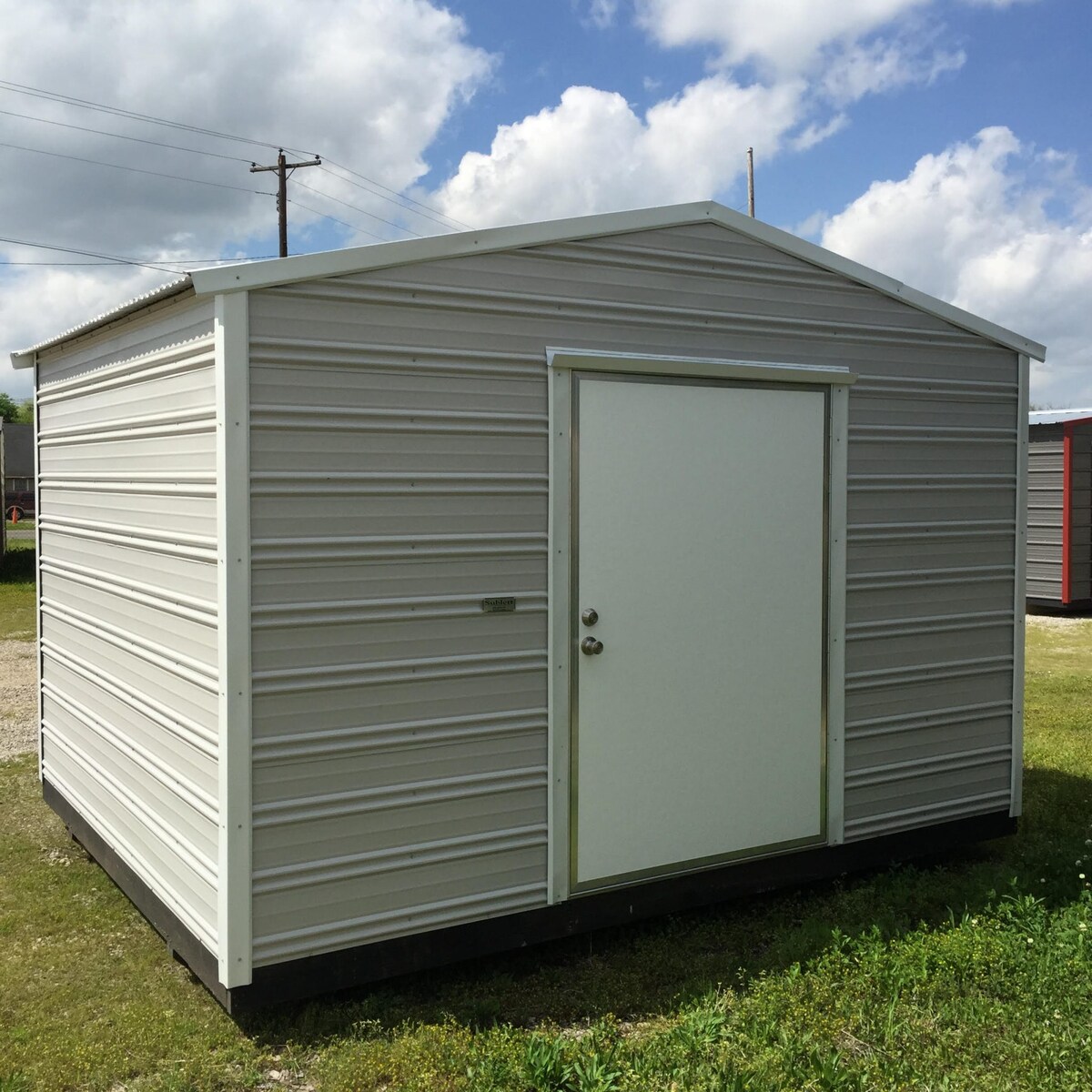
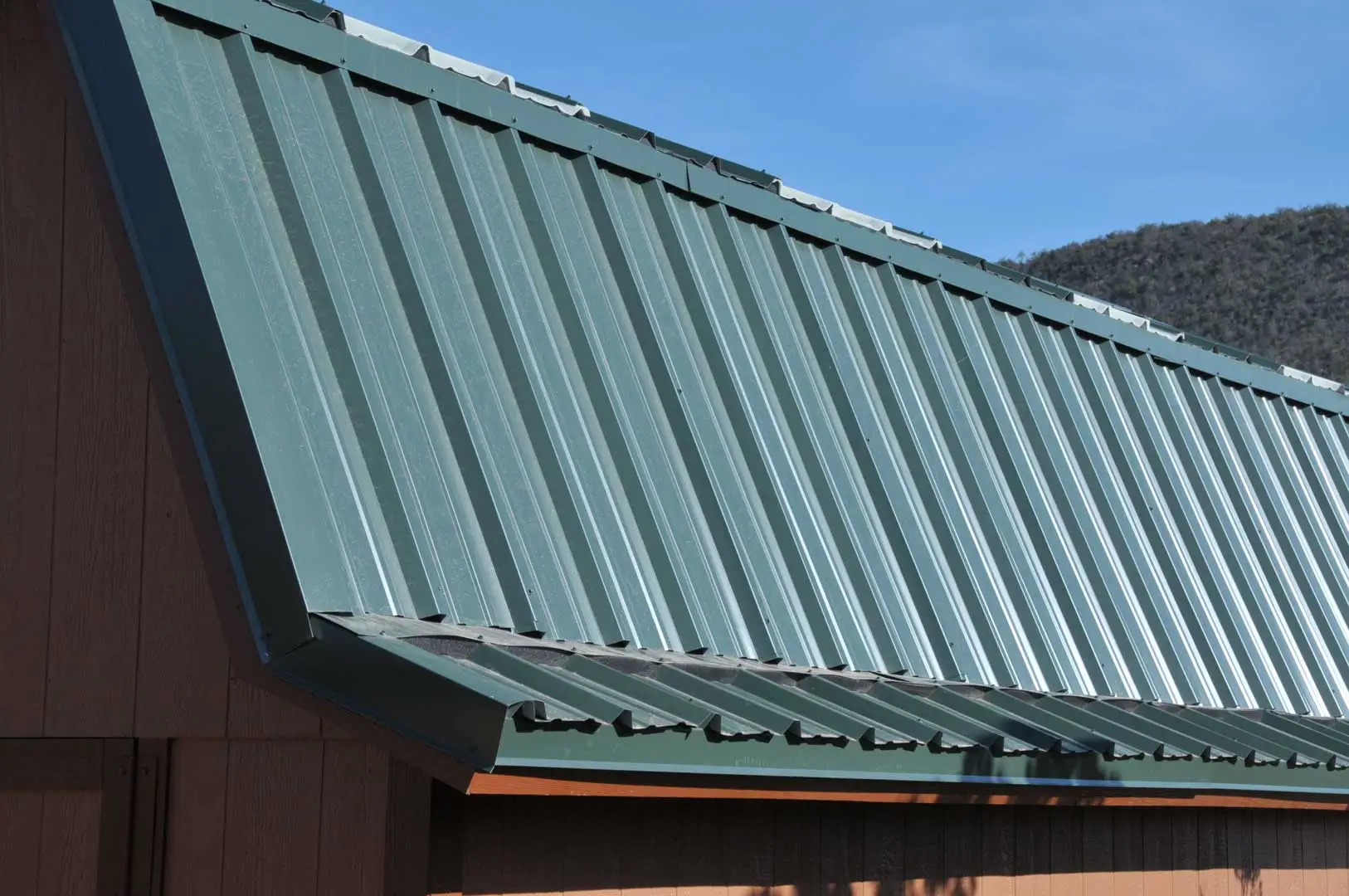
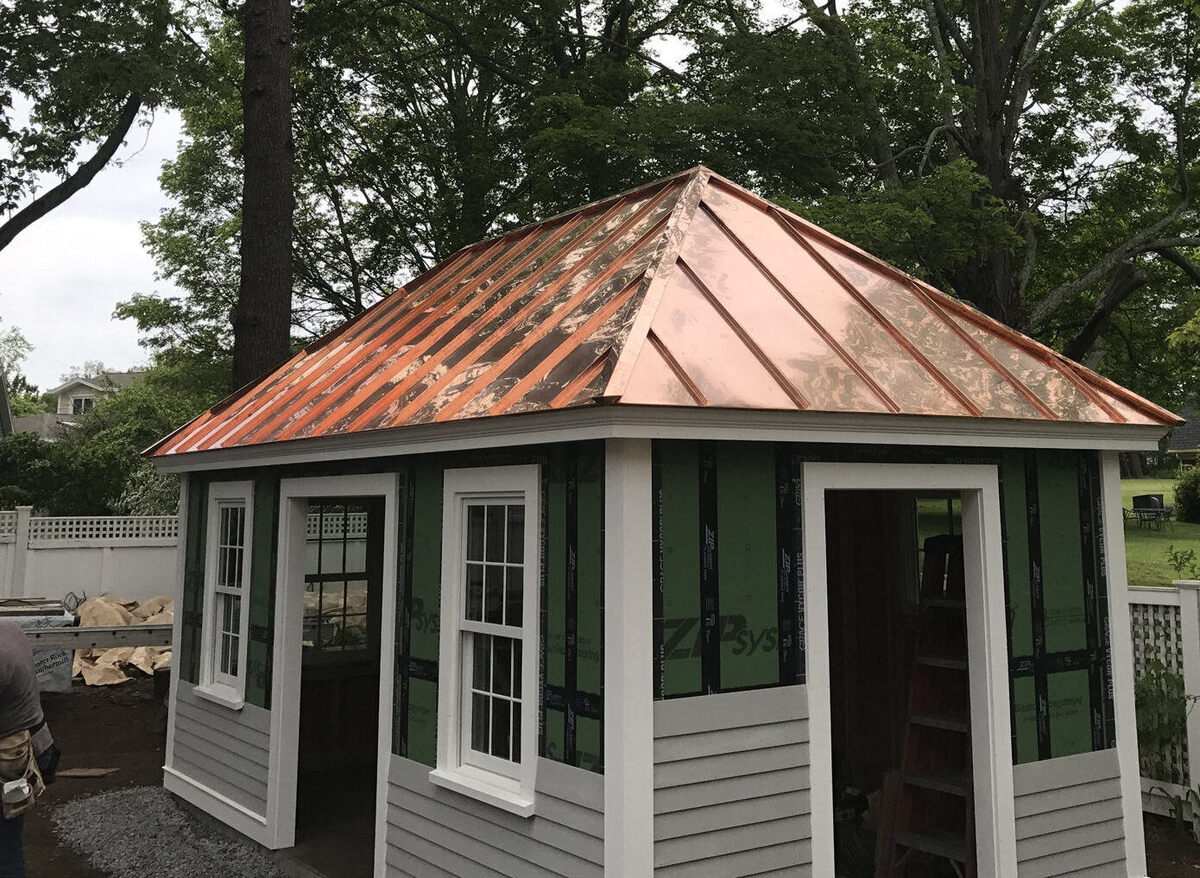
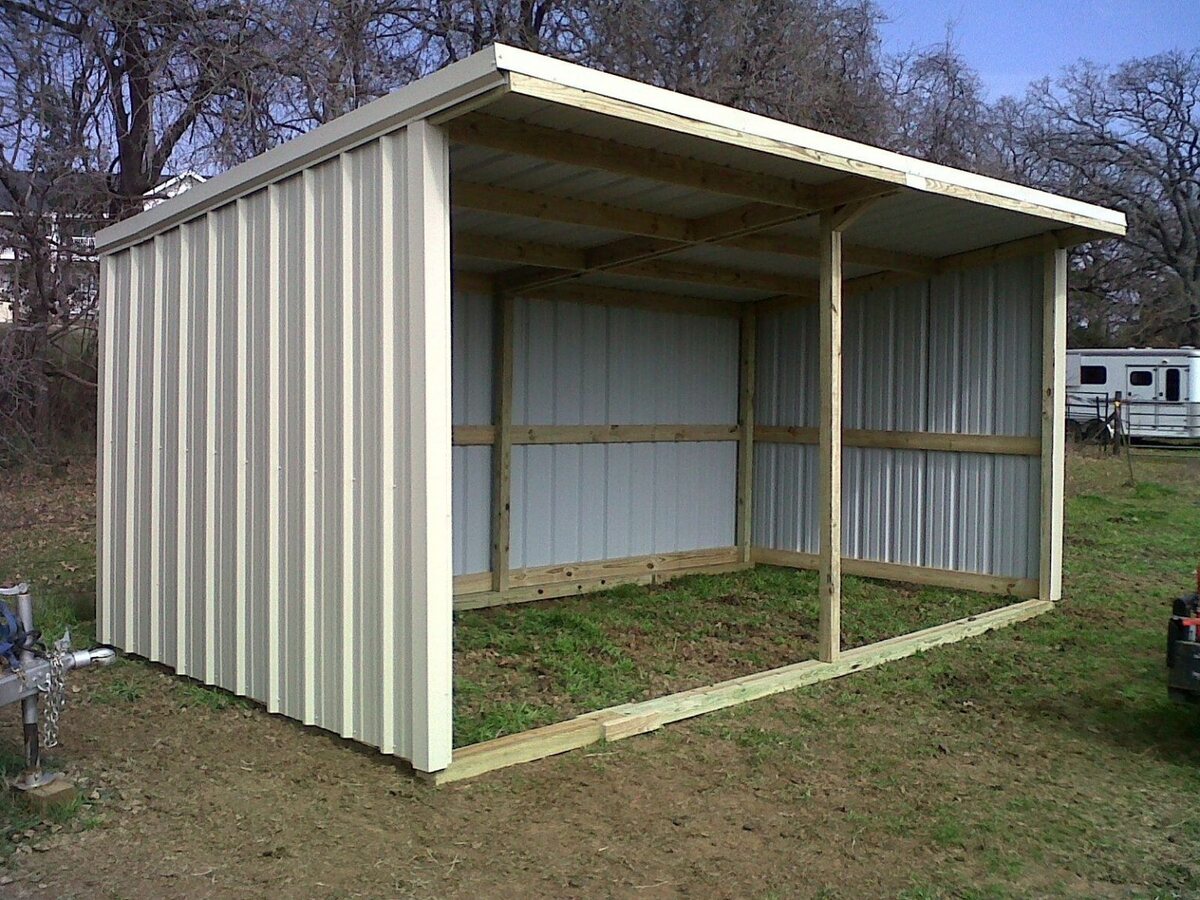
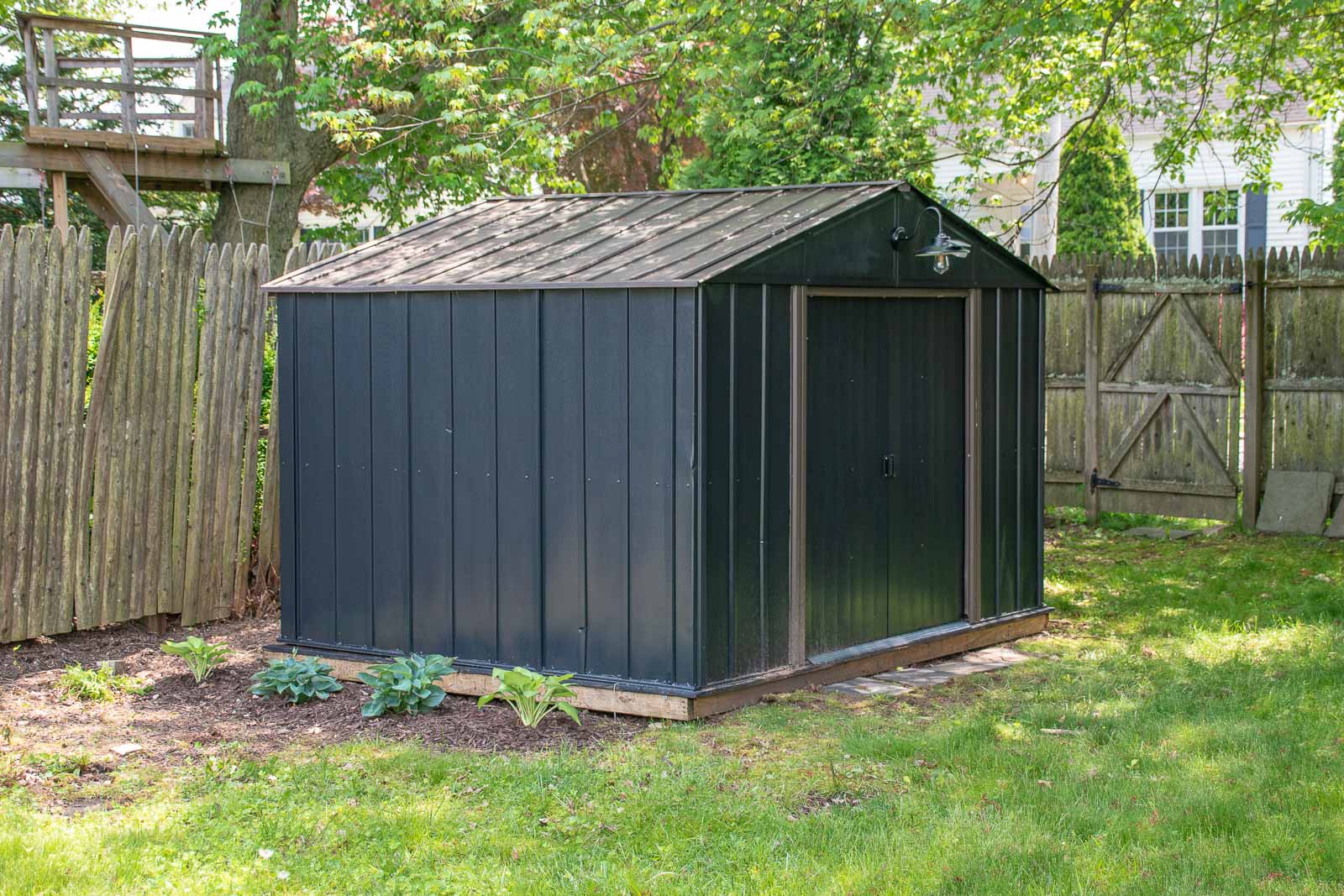
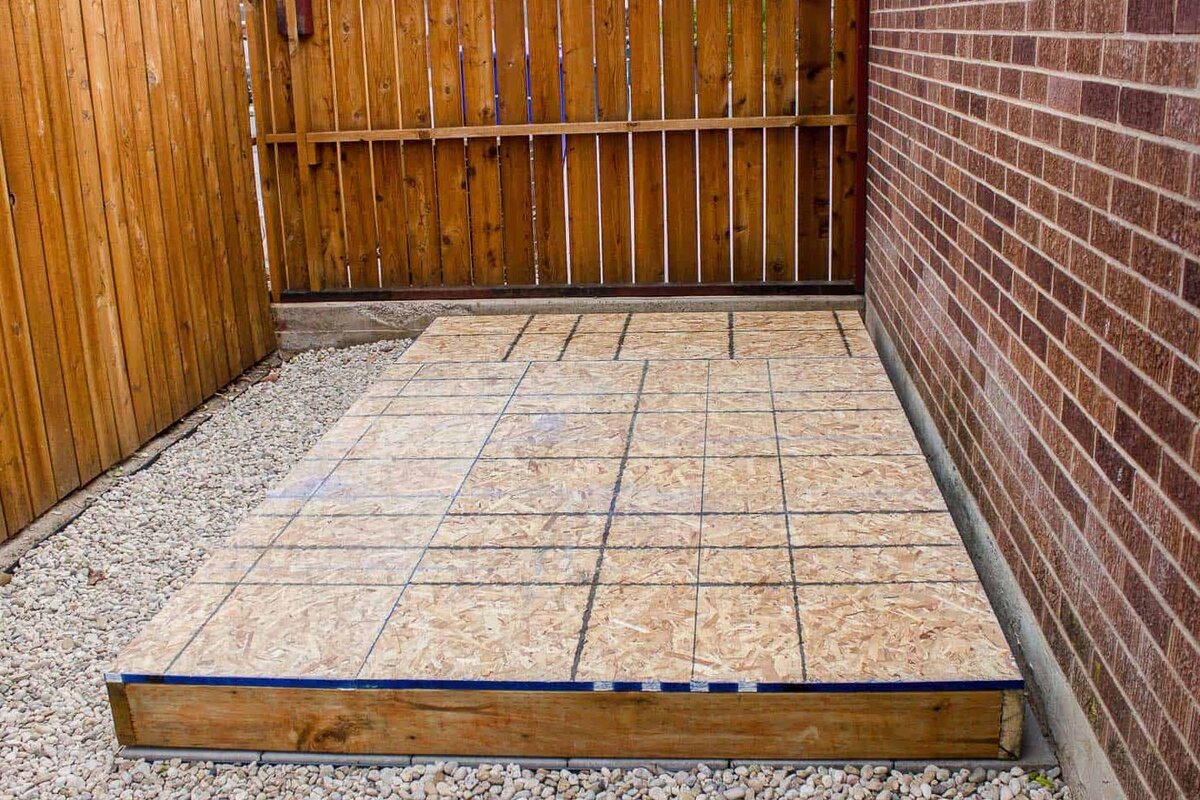
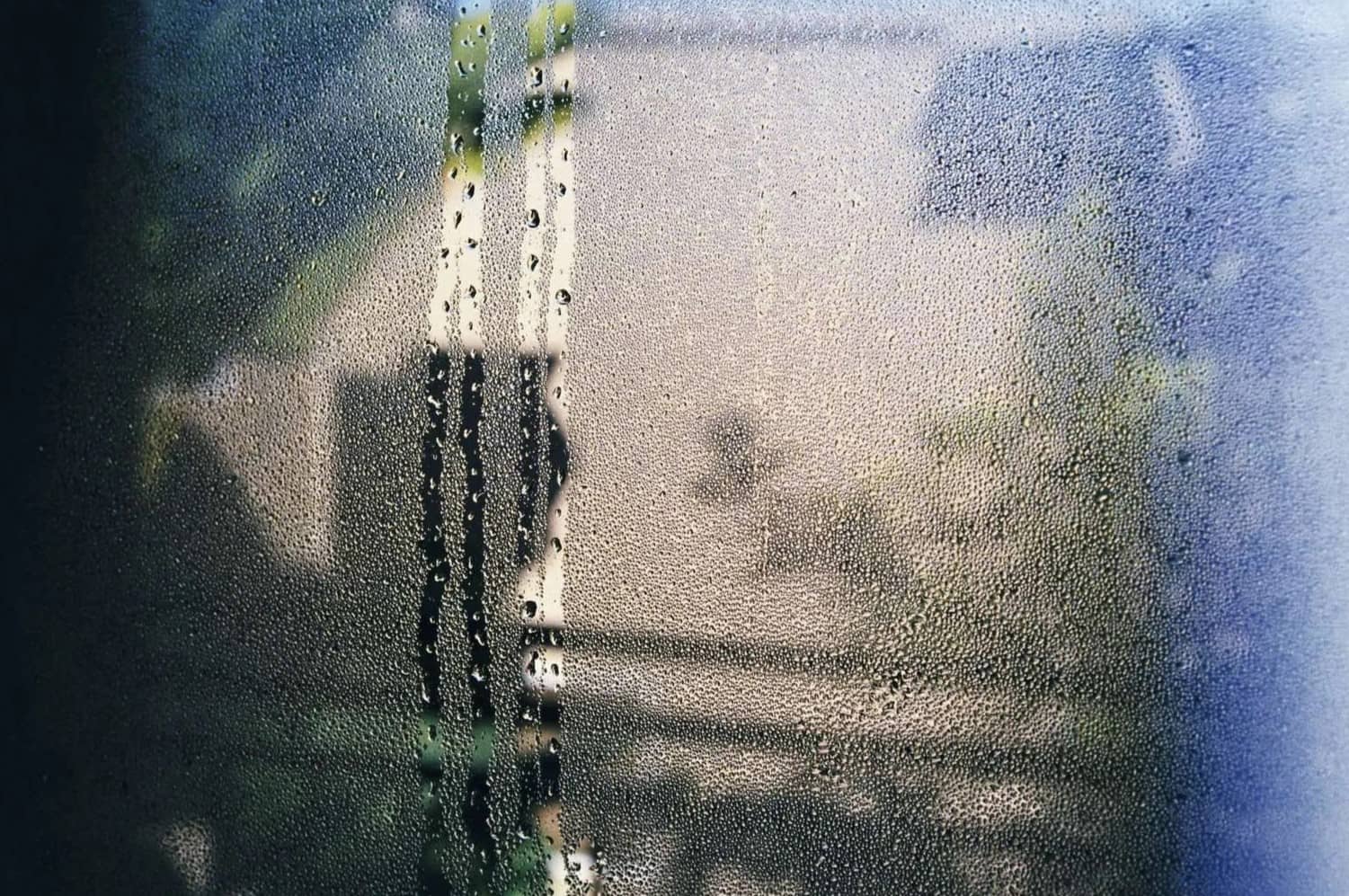
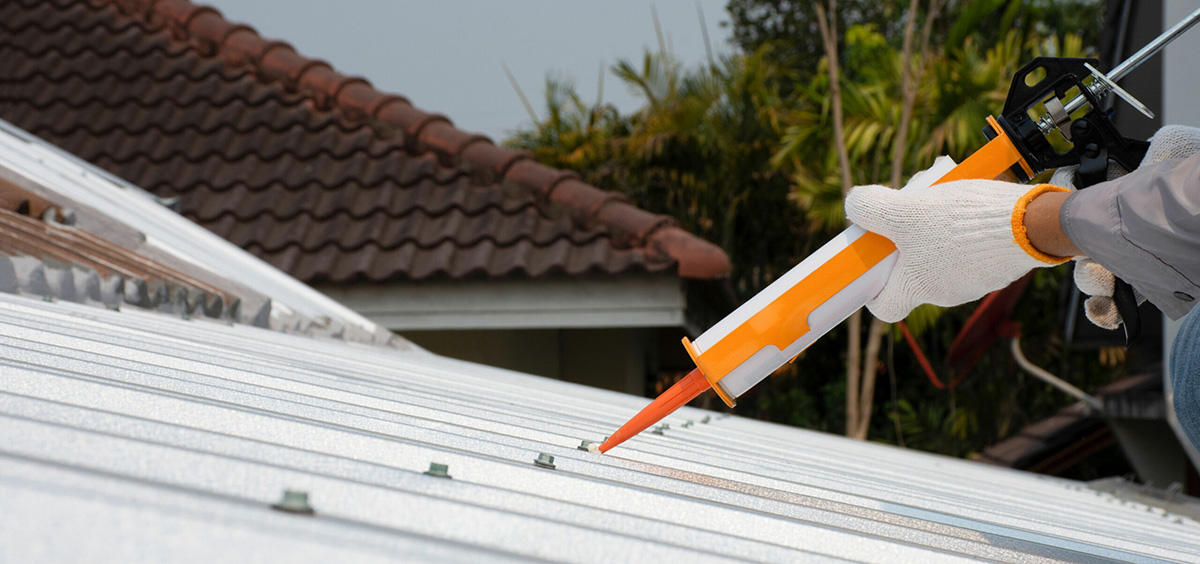
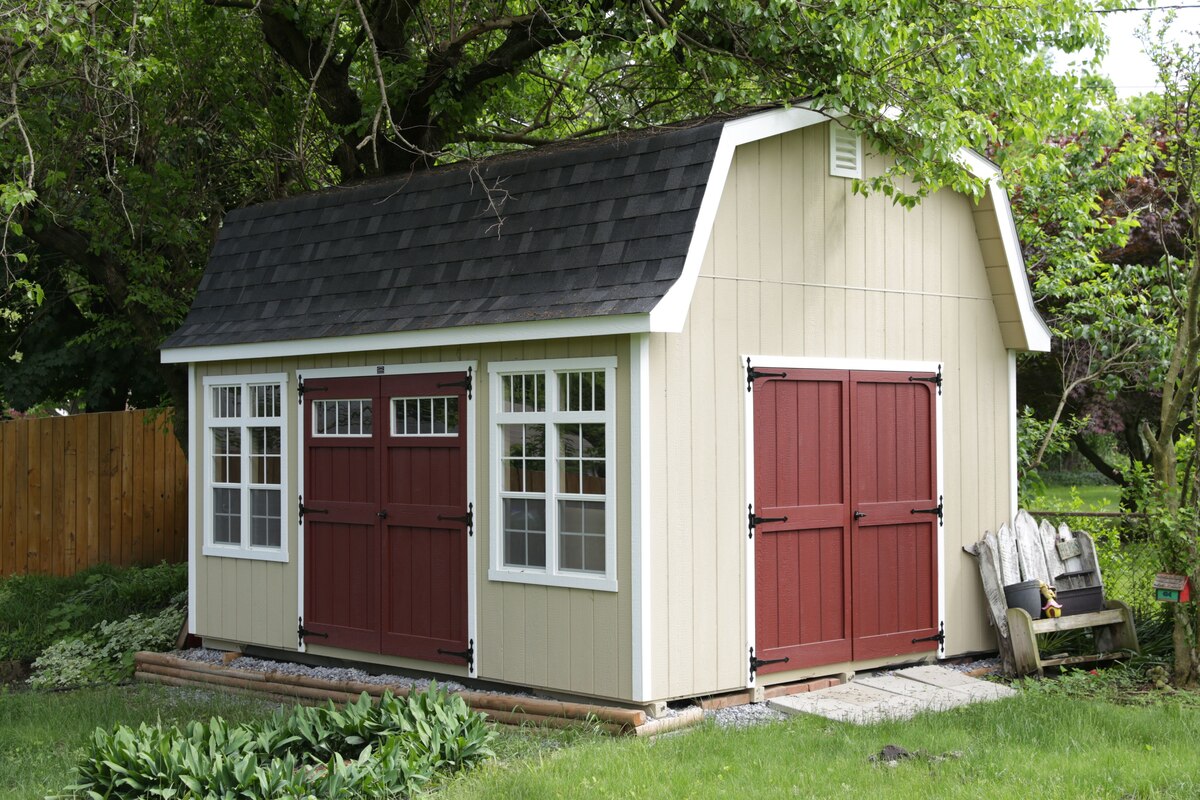

0 thoughts on “How Long Will A Metal Shed Last”